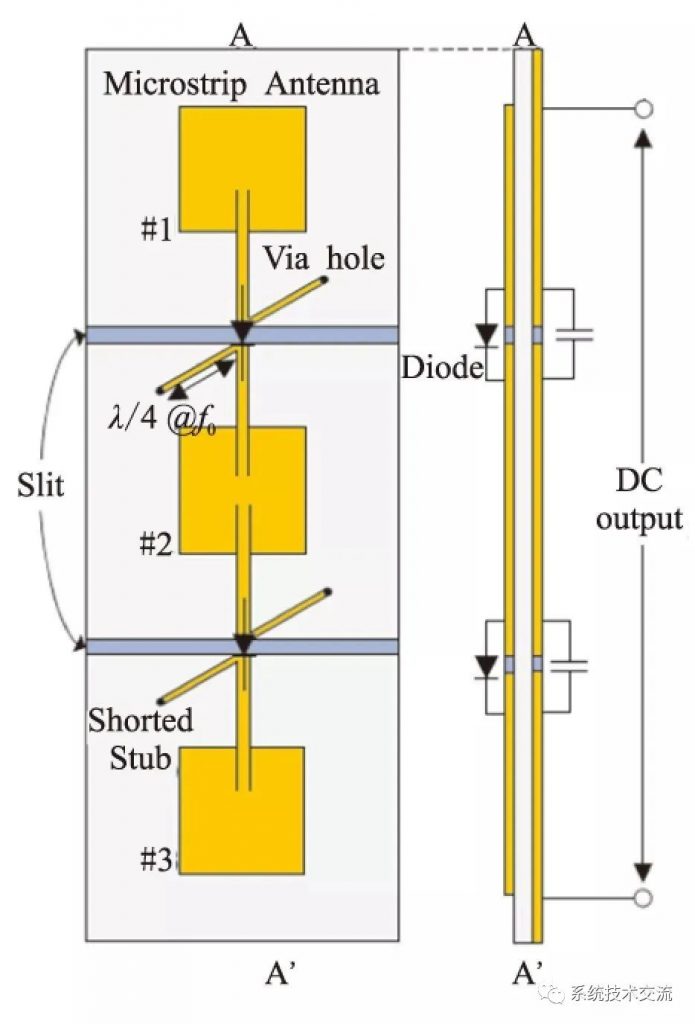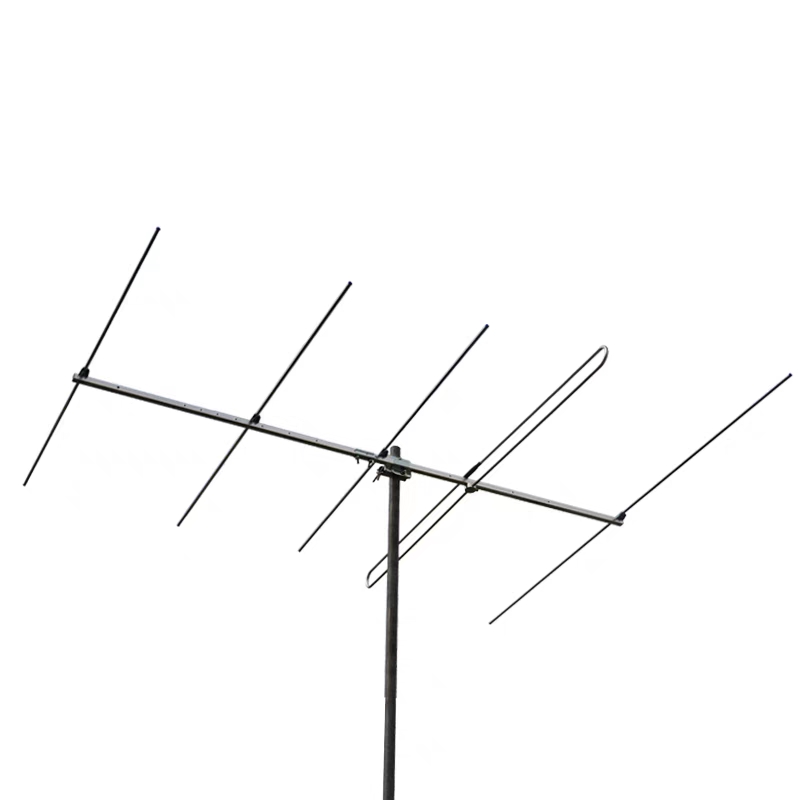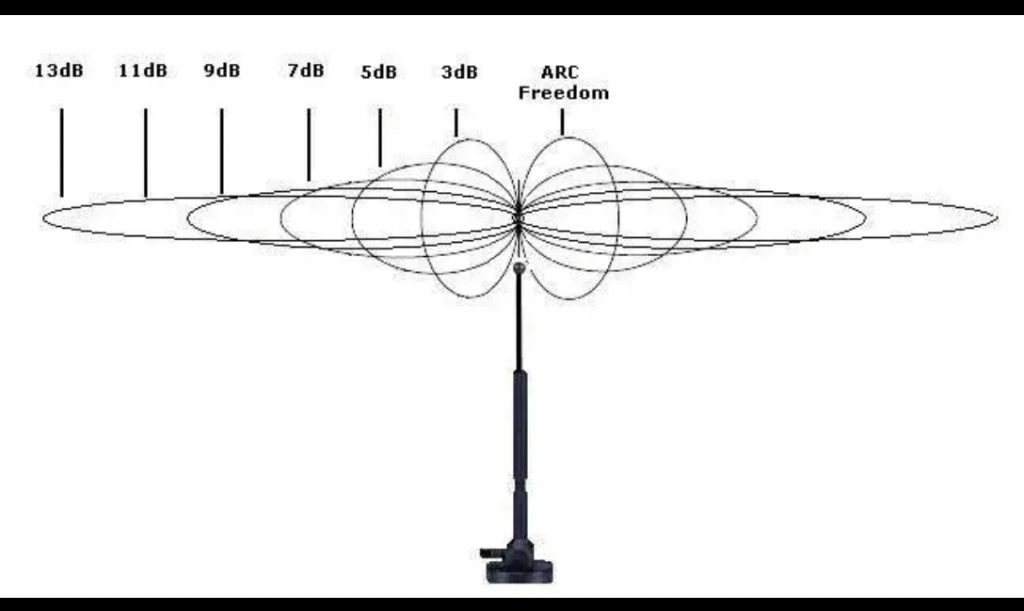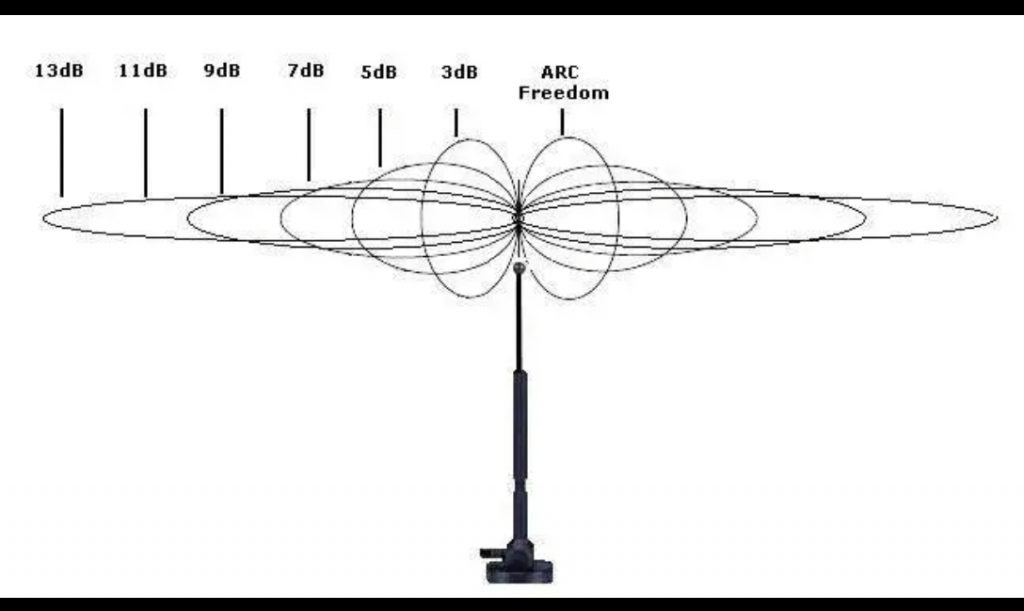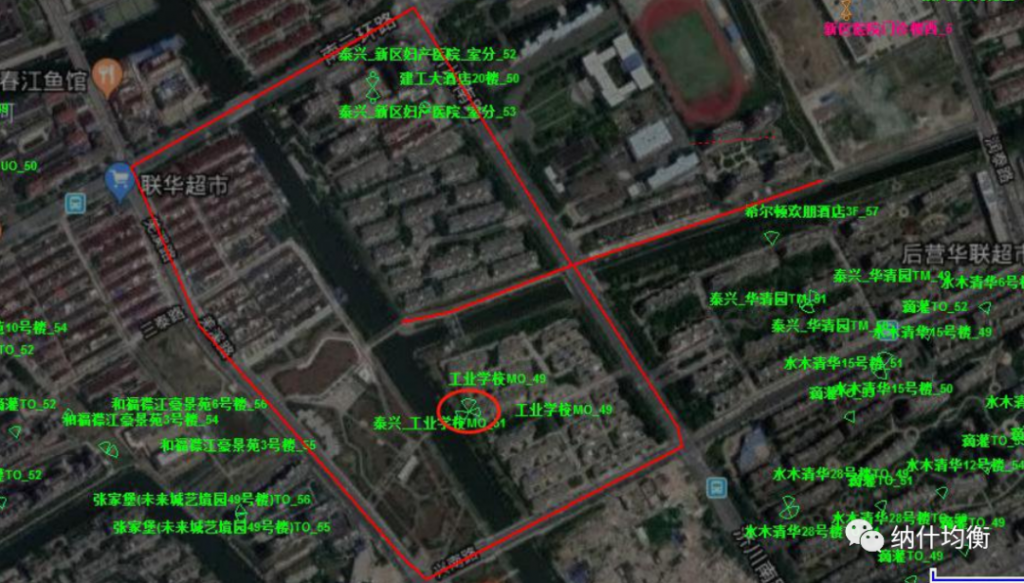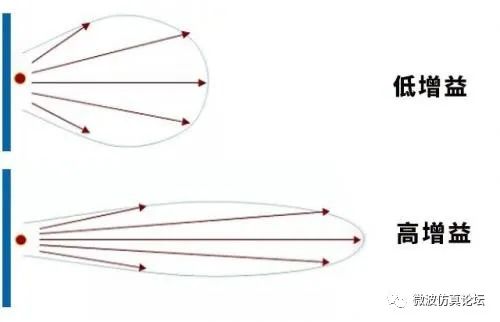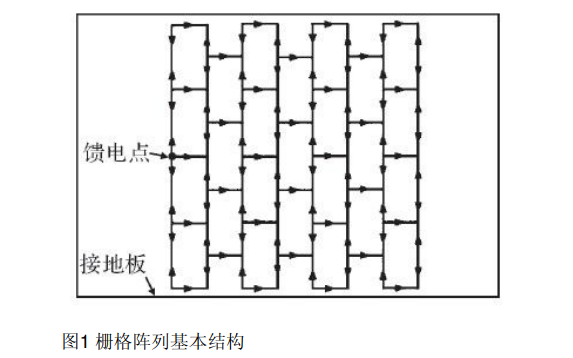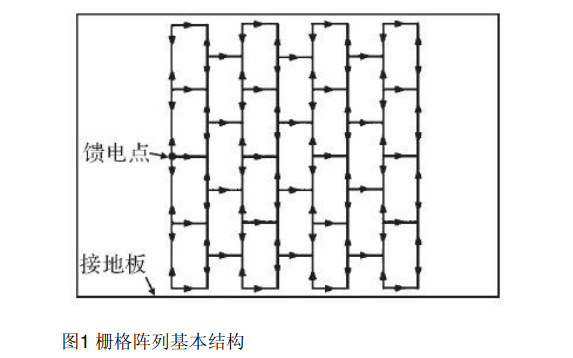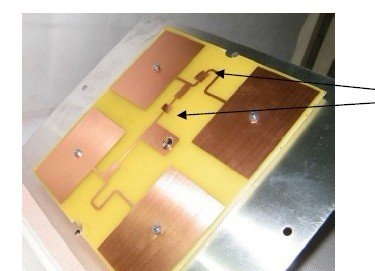dBi will be explained later, because there are dB, dBm, dBd, dBc, and dBi here, and they all look similar, but the difference inside is still obvious.
【B】
Let’s start with the common “B” among these units, which is what Bell means. 1B represents a power ratio of 10:1, which is a logarithmic relationship with a base of 10, 100:1=2B, 1000:1=3B.
Mathematical relationship: lg(P2/P1), where P2/P1 represents the power ratio.
【dB】
Many people should know this, it means decibels. d means “one tenth (deci-)”, 1B=10dB, 2B=20dB, calculation method: 10*lg(P2/P1).
In the field of acoustics, decibel refers to the logarithm of the ratio of the sound source to the reference sound power multiplied by 10, which is used to indicate the intensity of the sound. In addition to the field of acoustics, decibels have been widely used in many fields such as radio, electrical engineering, and mechanics.
→ Both bel and decibel refer to power itself, but to the ratio of two power values. If you need to express a fixed power, you need a power as a reference, and then express the absolute power level in decibels. The most commonly used power references are mW and W.
【dBm】
dBm represents the power decibel value relative to the reference power of 1 milliwatt (mW), and the conversion formula is as follows:
1W=1000mW=30dBmW=0dBW
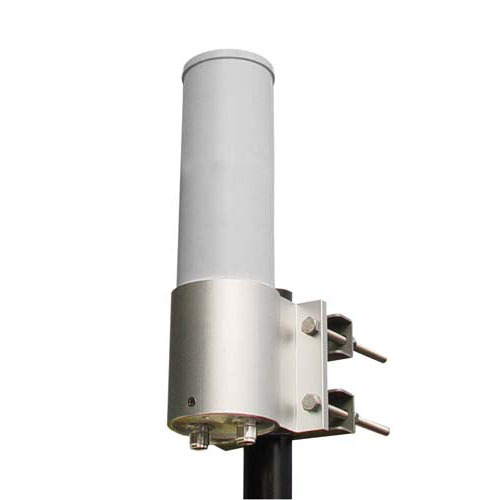
2.4GHz 6dBi bipolar omnidirectional MIMO/802.11n antenna, N-type female connector
[dBi and dBd]
Let’s talk back to dBi. When it comes to antennas, the word “gain” cannot be avoided. In fact, this is also a ratio, which is the ratio of the output power to the input power. If it is greater than 1, it is a positive dB value, that is, it is amplified; if it is less than 1, it is negative. dB value, that is to say, attenuation or loss.
Generally speaking, the ability of an antenna to transmit or receive signals is expressed by the number of decibels referring to the omnidirectional antenna. For example, if the antenna gain is 10dBi (10lg(10)), it does not mean that the antenna can amplify the power of the signal by 10 times. Instead, the power is concentrated in a certain direction by controlling the angle at which the signal is emitted.
→ In the case of equal input power, the antenna gain refers to the ratio of the power density of the actual antenna and the omnidirectional antenna at the same point in space, and describes the degree to which the antenna radiates concentrated power, so it is closely related to the antenna pattern. Generally speaking, the narrower the main lobe and the smaller the side lobe of the antenna pattern, the higher the gain.
→ Antenna gain usually refers to the gain in the direction that produces the maximum gain, and the unit is dBi or dBd. The references of these two units are different, the former is based on the omnidirectional antenna, and the latter is based on the dipole antenna.
【dBc】
This is generally relative to the carrier power, and is used to measure the relative value of the carrier power, such as the relative value of the same frequency/intermodulation/intersection/out-of-band interference or spurious.
Finally, we summarize the relationship between these.
1. dBi and dBd are the units of power gain. Both are relative values, but the reference standards are different. The reference for dBi is an omnidirectional antenna; the reference for dBd is a dipole. It is generally believed that dBi and dBd represent the same gain, and the value represented by dBi is 2.15 dB larger than that represented by dBd.
2. dB is also the unit of power gain, expressing a relative value. When calculating how many dBs the power of A is greater or less than B, it can be calculated according to the formula 10 lg A/B.
3. dBm is a unit that expresses the absolute value of power. The calculation formula is: 10lg power value/1mW.
4. dBc is also a unit that expresses the relative value of power, which is exactly the same as the calculation method of dB. Generally speaking, dBc is relative to the carrier (Carrier) power. In many cases, it is used to measure the relative value of carrier power, such as measuring the relative value of interference (co-channel interference, intermodulation interference, intermodulation interference, out-of-band interference, etc.) and coupling, spurious, etc.

